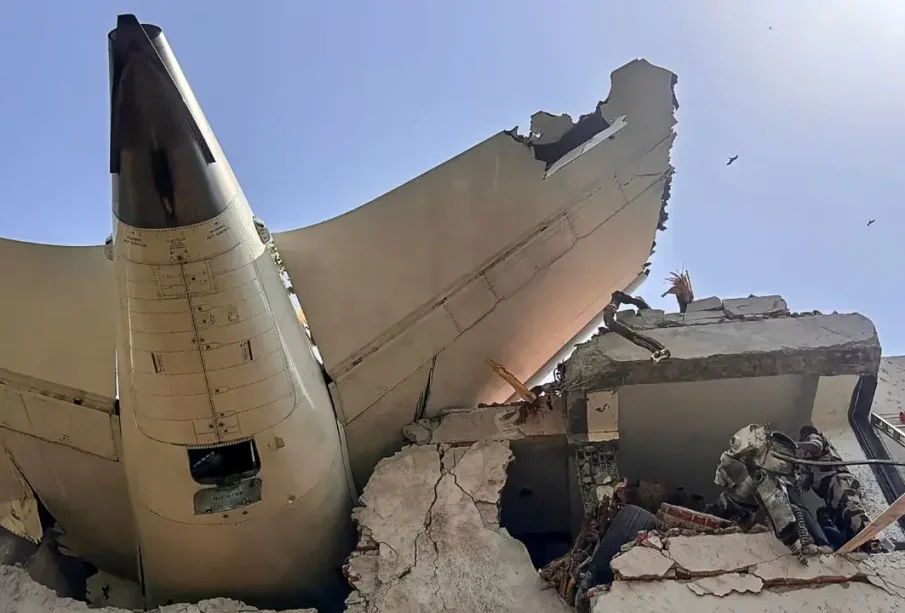Recent Ahmedabad Plane Crash: Details and Implications

Introduction
The recent plane crash in Ahmedabad has sent shockwaves throughout India, highlighting significant concerns regarding aviation safety. This tragedy, which resulted in loss of life and injuries, raises critical questions about the preventive measures in place to ensure safe air travel. With the increasing number of flights, understanding the implications of such incidents becomes crucial for policymakers, airlines, and passengers alike.
Incident Overview
On October 15, 2023, a passenger aircraft en route from Ahmedabad to Mumbai crashed shortly after takeoff from Sardar Vallabhbhai Patel International Airport. Reports indicate that the aircraft experienced technical difficulties leading to a crash landing in an industrial area near the airport. Eyewitnesses recounted seeing smoke and flames emanating from the site, and rescue operations commenced immediately.
The aircraft was carrying 152 passengers and 6 crew members at the time of the accident. While initial reports confirm that Emergency Services responded swiftly, the tragic outcome resulted in 10 confirmed fatalities with several others hospitalized with serious injuries. Investigators from the Directorate General of Civil Aviation (DGCA) have launched an extensive inquiry into the incident, focusing on mechanical failures and pilot protocols.
Reactions and Implications
The crash has reignited debates regarding aviation safety standards in India. With air travel on the rise, there are growing calls for the government and civil aviation authorities to strengthen regulations and implement more stringent checks on aircraft maintenance. Advocacy groups and former aviation regulators are urging immediate reviews of flight safety protocols to prevent such calamities in the future.
Airlines operating in India are also under scrutiny as they navigate the aftermath of this accident. The financial implications for these carriers could be substantial, as both operational disruptions and an impending rise in insurance premiums are anticipated. Additionally, companies may face a lack of consumer confidence, prompting them to enhance their safety programs.
Conclusion
As investigations continue, the Ahmedabad plane crash serves as a stark reminder of the inherent risks associated with aviation. It calls attention to the necessary reforms needed to ensure passenger safety and trust in air travel. With the monsoon season approaching and travel demand expected to peak in the upcoming holiday season, it is essential for aviation authorities to prioritize safety measures. Much will depend on the findings of the DGCA’s investigation and the subsequent actions taken by airline operators. This tragedy underscores the ongoing need for vigilance and adherence to safety protocols within India’s aviation sector.









